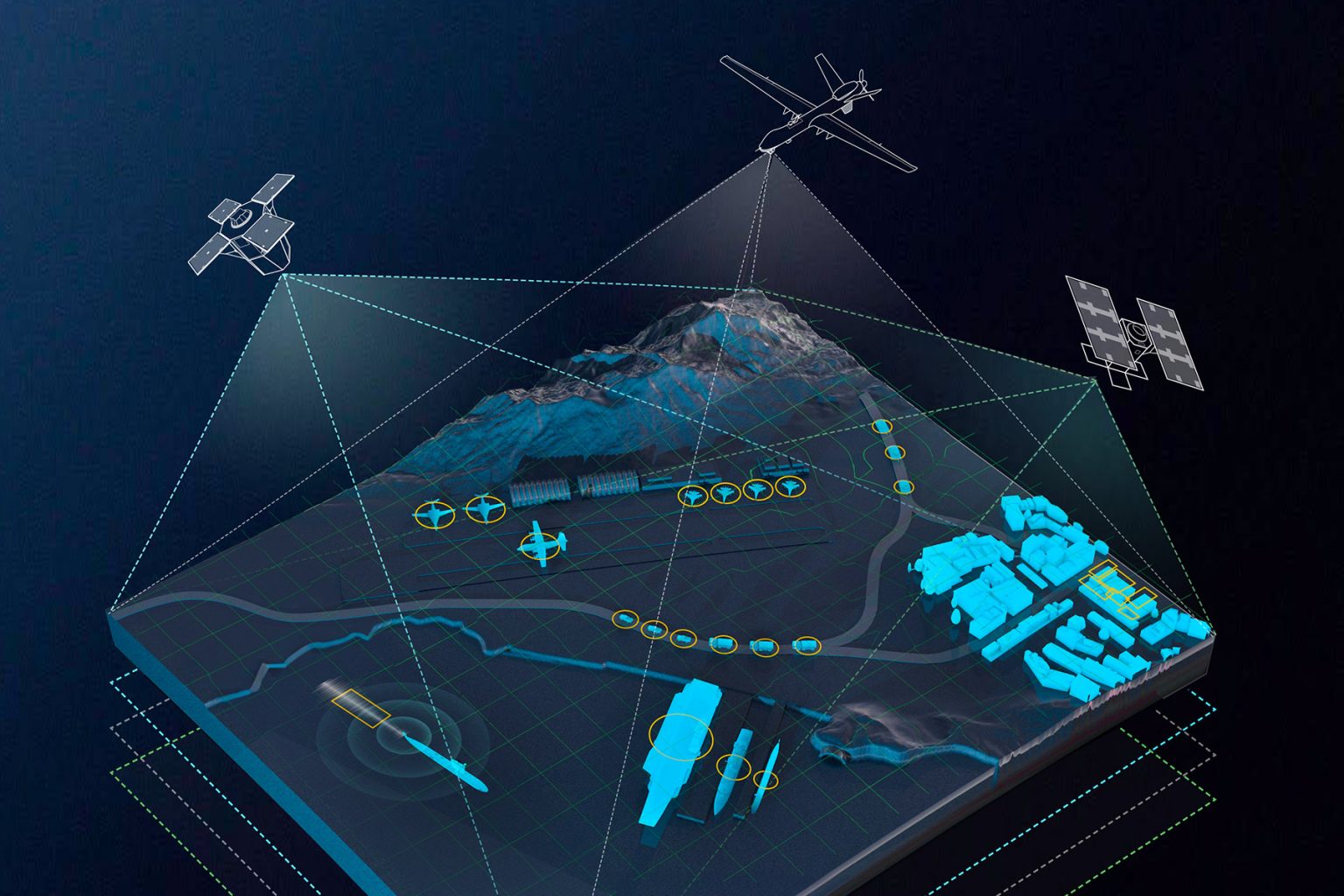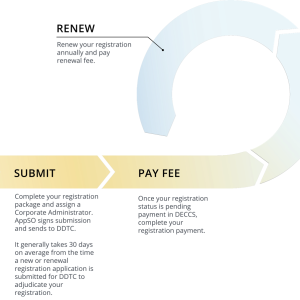The French Defense Giant Eyes AI to Lead Future Combat Innovation
As the nature of warfare rapidly evolves, Safran Defense is positioning itself at the forefront of technological transformation. In a recent interview, CEO Martin Sion outlined the company’s vision amid rising autonomy in systems, artificial intelligence integration, and the growing complexity of combat environments. The strategic pivot reflects broader shifts across Europe’s defense-industrial base as it adapts to peer-level threats and grey-zone conflicts.
“AI is becoming a cornerstone of how we define modern defense,” Sion said, emphasizing the importance of software capabilities over purely mechanical superiority.
Safran’s New Priorities: Autonomy, Data Fusion, and Smart Sensors
A shift from platforms to software-defined systems
Safran, a key player in optronics, inertial navigation, and aircraft engines, is rebalancing its R&D strategy to embrace AI-enhanced decision-making and network-centric operations. This includes investments in autonomous sensors, data fusion algorithms, and next-gen UAV survivability.
The company’s transformation includes:
- Prioritizing sensor integration across multi-domain operations
- Accelerating AI models to interpret battlefield data in real time
- Enhancing stealth UAVs and loitering munitions with predictive threat analytics
These efforts echo a global trend where military value chains increasingly depend on data superiority, not just hardware.
Export Controls and Strategic Sovereignty: A European Balancing Act
While AI opens new tactical horizons, Safran’s leadership acknowledges the strategic friction of operating in a transatlantic market. The CEO stressed the need for European defense autonomy, particularly amid U.S. export constraints and component dependencies.
“We must retain sovereign capabilities, especially in sensors and critical AI,” Sion noted, underlining cooperation with French and EU-level industrial policies.
Safran’s approach aligns with France’s defense strategy, including initiatives under the European Defence Fund (EDF) and partnerships with Thales, MBDA, and Airbus Defence and Space.
External Pressures, Internal Innovation
Despite the rising geopolitical pressure in Eastern Europe, Indo-Pacific flashpoints, and hybrid warfare environments, Safran is not merely reacting. The firm is proactively investing in long-term battlefield foresight, including:
- AI-augmented geolocation technologies for GPS-denied environments
- Energy-efficient propulsion systems for stealth UAVs
- Cyber-resilient onboard electronics
These investments illustrate how defense primes like Safran must balance resilience and innovation in the face of both conventional and asymmetric threats.
Related Article
How Europe’s Drone Surge Is Redefining Defense Supply Chains
External Sources
Further Reading









